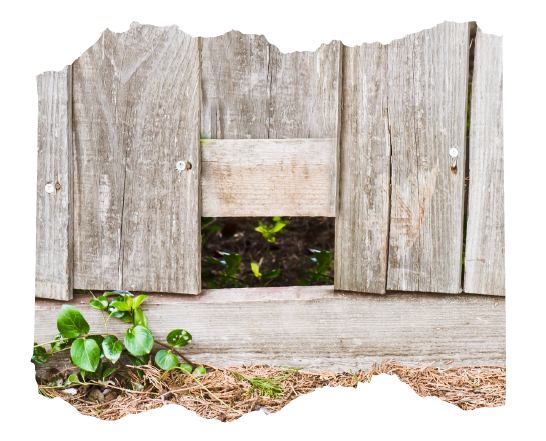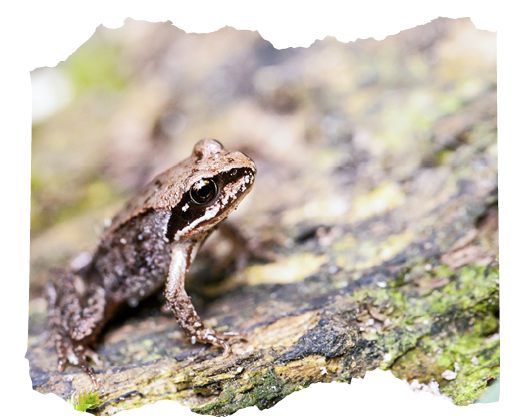
Why create a wildlife passageway?

On average a hedgehog roams around 2km each night searching for worms, slugs and insects. This is a much larger area than most gardens, so for hedgehogs to cover enough ground links between spaces are required.
As well as benefiting mammals, like the hedgehog, amphibians and reptiles also need these passageways. Frogs are excellent jumpers but can’t clear the height of a fence. Especially in the spring as individuals search for a mate and safe place to lay their eggs, having connected wildlife highways through private spaces is important.
How to get started with your wildlife passageway.

Depending on the type of boundary you have you will want to take a different approach. The aim is to create a gap roughly 13cm in diameter, around the size of a CD case. If you have a wooden or wire fence, cutting or drilling a hole is simplest solution, but if this won’t work you could dig under the boundary instead. For a brick wall removing a couple of bricks would be best, however in some cases a brick drill could be necessary. One awesome solution to problem fences and walls is replacing them entirely with a valuable hedge, or dead hedge habitat.

Before you create a passageway, or even if you already have one, it’s important to talk to your neighbours. You don’t want them blocking up the gap you’ve just created and could connect even more spaces if you convince them to add a similar gap to their other fences.
There are some animals that we don’t like being able to access our spaces. However, both rats and cats are excellent climbers and likely to be able to get in regardless of a passage that could help declining hedgehogs and frogs



